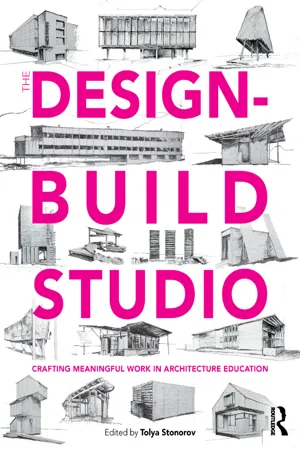
The Design-Build Studio
Crafting Meaningful Work in Architecture Education
- 270 pages
- English
- ePUB (mobile friendly)
- Available on iOS & Android
About This Book
The Design-Build Studio examines sixteen international community driven design-build case studies through process and product, with preceding chapters on community involvement, digital and handcraft methodologies and a graphic Time Map. Together these projects serve as a field guide to the current trends in academic design-build studios, a window into the different processes and methodologies being taught and realized today. Design-build supports the idea that building, making and designing are intrinsic to each other: knowledge of one strengthens and informs the expression of the other. Hands-on learning through the act of building what you design translates theories and ideas into real world experience. The work chronicled in this book reveals how this type of applied knowledge grounds us in the physicality of the world in which we live.
Frequently asked questions
Information
Chapter 1
Time Map
Time Map
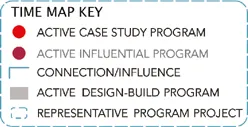
Suggested Reading
Note

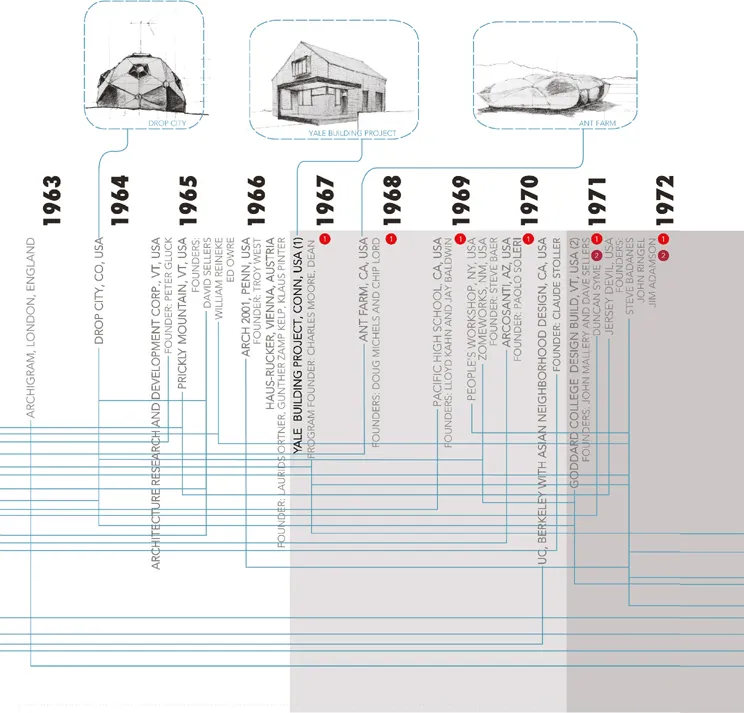
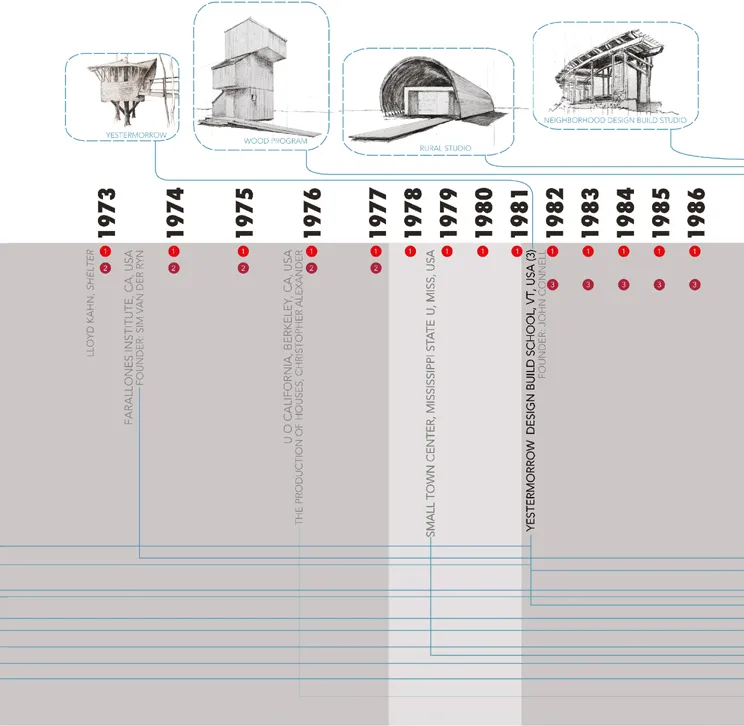

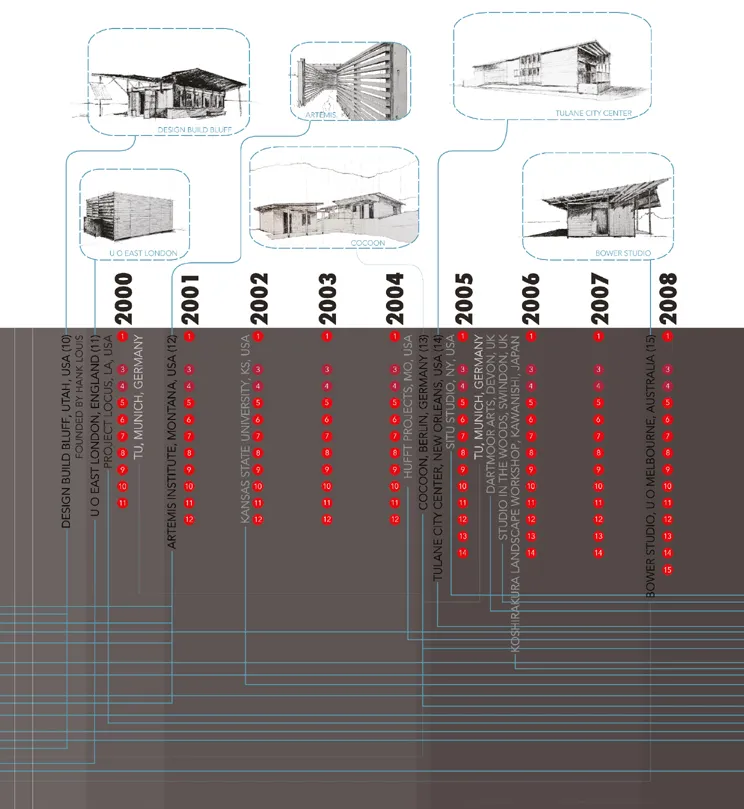
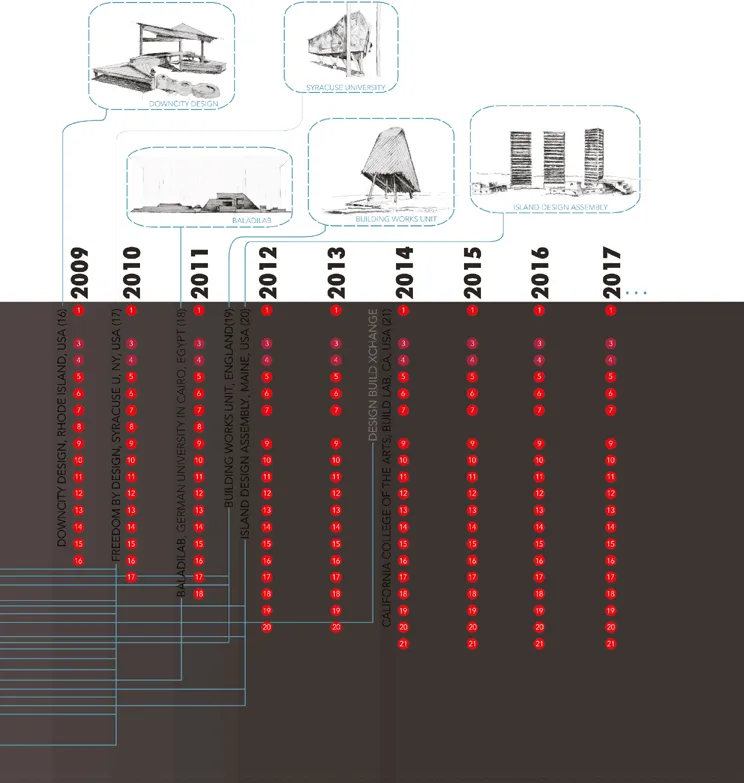
Chapter 2
The Future of Community Engagement
Perceptions of Social Responsibility

Table of contents
- Cover
- Half Title
- Title Page
- Copyright Page
- Dedication
- Table of Contents
- List of Contributors
- Foreword
- Acknowledgments
- Introduction
- 1 Time Map: Graphic History of the Academic Design-Build Studio Case Studies
- 2 The Future of Community Engagement
- 3 Manifesto for Handwork: Quality, Material, and Ideas
- 4 Manifesto for Digital Fabrication: Control, Craft, and Agency
- 5 Case Studies: Fast Build – Less than One Semester Programs
- 6 Case Studies: Build – Semester-Long Programs
- 7 Case Studies: Long Build – Semester-Plus Programs
- Conclusion
- List of Image Credits
- Bibliography
- Index